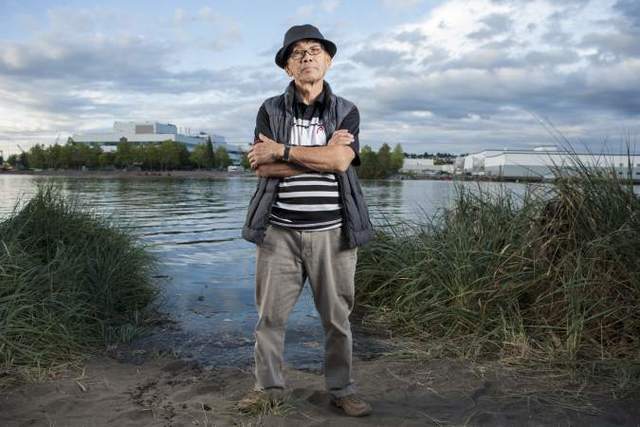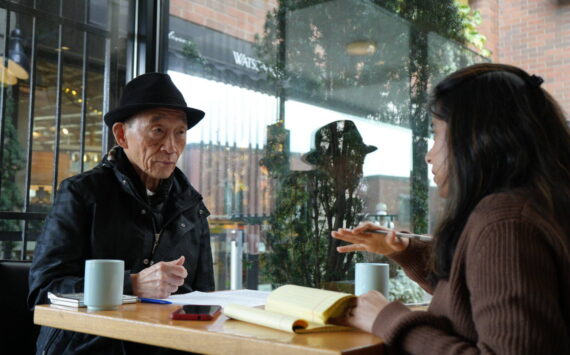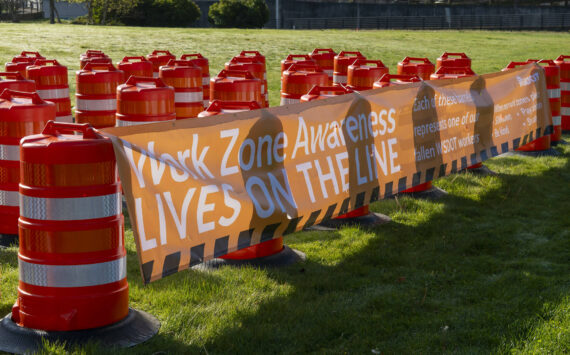In America, the best predictor of whether someone is living near contaminated air, water, or soil, is race. In Seattle, this is most clearly displayed along the Duwamish River. An active Superfund site, Seattle’s only river has been soiled with industrial and municipal pollution for more than a century. The fish in the river are considered carcinogenic by the state Department of Health. So is the sand along its shores. And 60 percent of the people living within a mile of the Lower Duwamish Waterway are minorities.
The obvious narrative to draw from these statistics is that Seattle’s people of color—from its First Peoples, who had dozens of fishing villages along the Duwamish before the arrival of the Denny Party, to its most recent arrivals from Vietnam—are unfairly bearing the burden of Seattle’s environmental sins, and that cleaning the river is the moral duty of a city that has prospered greatly from that pollution.
That is a legitimate narrative. But it’s also a bit naive, because it assumes that once the Duwamish River is cleaned up, the minorities who for decades have put up with the pollution will directly benefit from the cleaner waters. It ignores the racial and economic pressures that pushed them into those neighborhoods to begin with.
Members of these minority communities know better. A few years ago, when the EPA collected community input about the Duwamish and the pollution, concerns were raised about pollution exposure via fish and shellfish, which many community members continue to consume because of either economic scarcity or cultural identity. But community groups also worried about what would happen to property prices were the Duwamish to become as clean as, say, the Fremont Cut. “Community groups have raised concerns over gentrification as a negative outcome for a successful Superfund cleanup” within the Duwamish, an EPA report from 2013 states.
And yet while a $300-million-plus cleanup of the Duwamish has now been ordered, affordability in nearby neighborhoods remains a big question mark for residents.
As Roshni Sampath, with the Statewide Poverty Action Network, told Seattle Weekly’s Daniel Person last week, displacement remains “central” to conversations about the river cleanup: “We need to look at ways to not displace existing populations.”
We raise this point not as an argument for keeping the Duwamish filthy as an affordable-housing measure—though one wonders if the idea was floated during those secretive HALA meetings—but as an example of the depth and perspective that can be brought to a conversation when all voices are included, and lost if they are not: Where a well-meaning North Seattleite may entirely miss the connection between toxic chemicals and gentrification, for those near the river it is a central concern.
Obvious as this might sound, Seattle environmentalism of the sort that pushes for a Duwamish cleanup actually displays perfectly how poorly it can play out in practice. According to Mayor Ed Murray’s office, only 12 to 16 percent of all people working for environmental organizations, foundations, and government agencies are minorities.
Last Friday, Earth Day, Murray stood on the banks of the Duwamish and released what his office called a “groundbreaking” plan to fix this problem. Called the Equity & Environment Initiative, the program seeks to lay groundwork for evaluating “who is and is not benefiting from Seattle’s environmental progress.” The initiative includes several immediate steps to improve poor Seattleites’ access to clean and healthful foods and environment. But more important, it creates a pathway by which affected minorities will have direct access to environmental policymakers and ensure that their perspectives are heard—including, explicitly, concerns about gentrification. The initiative also aims to build those perspectives into future policymaking by creating job opportunities for young people of color in the environmental field.
The initiative is by no means the final solution to issues of environmental justice in Seattle; indeed, as it stands, it is heavy on platitudes and fairly light on actionable policy. Yet it serves as an important rebuke of the way Seattle’s self-congratulatory environmental policy has for too long been carried out: without the voices of affected minorities. It is an affirmation that the environment isn’t defined only by the state of the air or water, but by the people as well.






